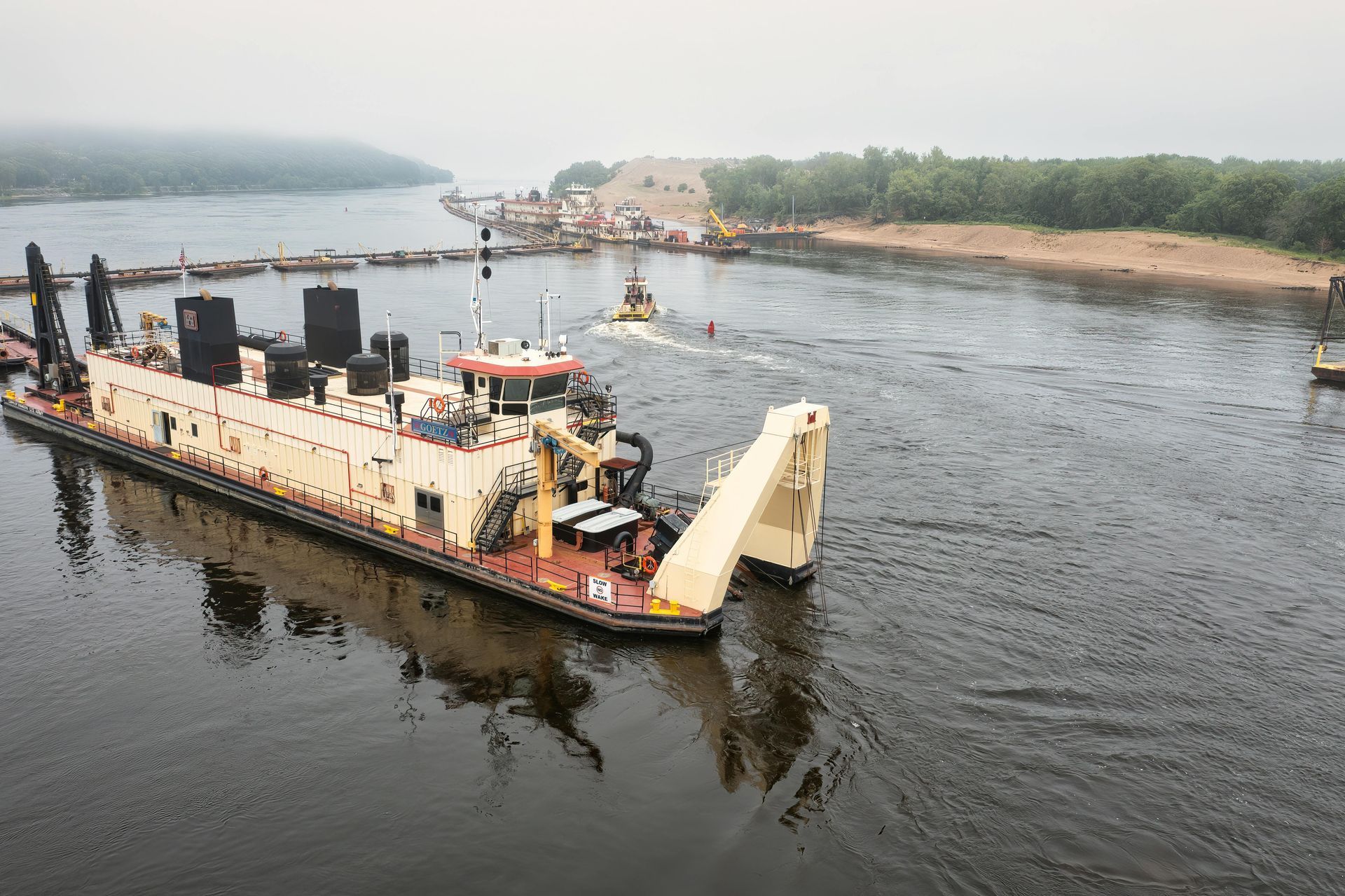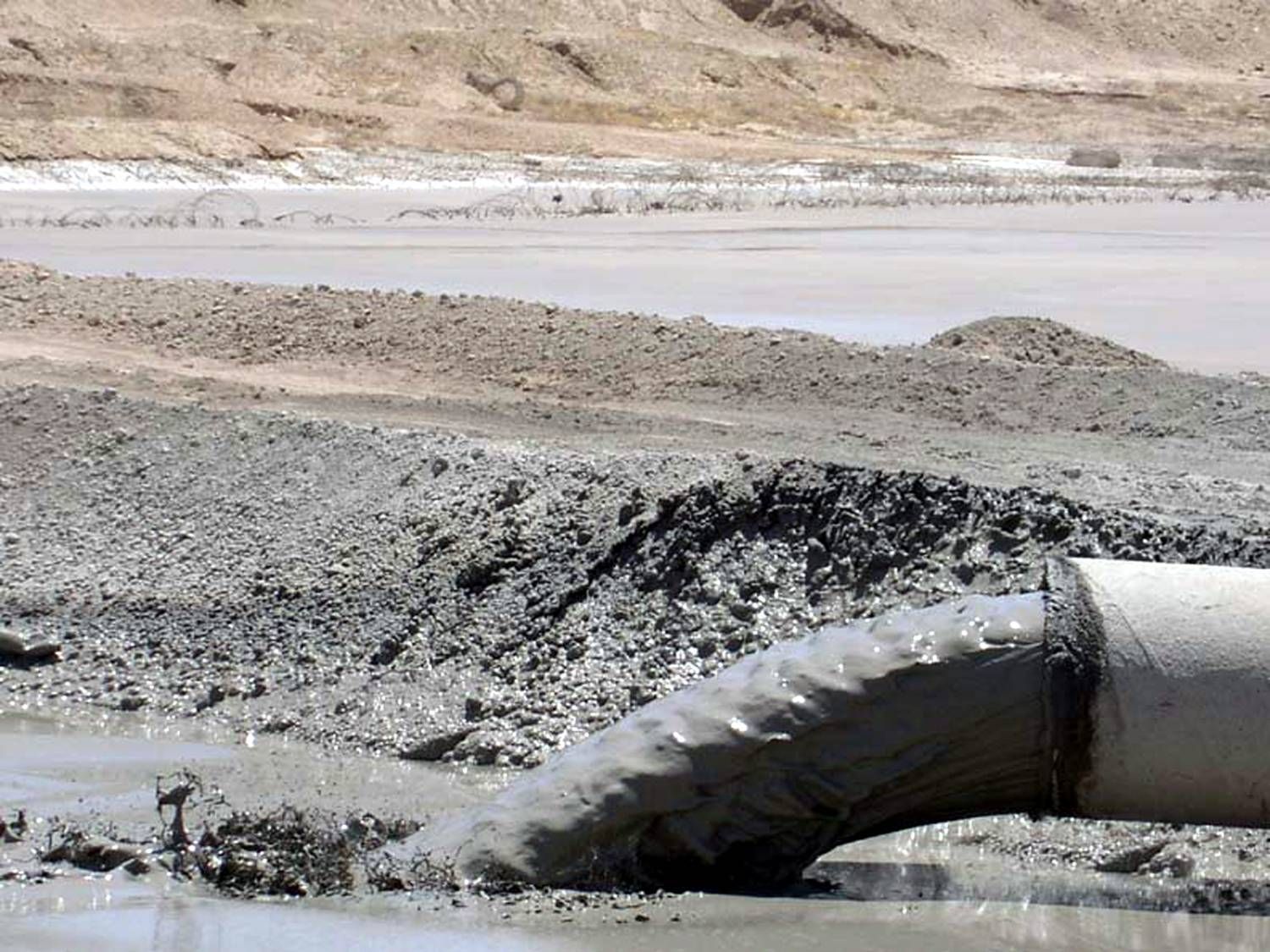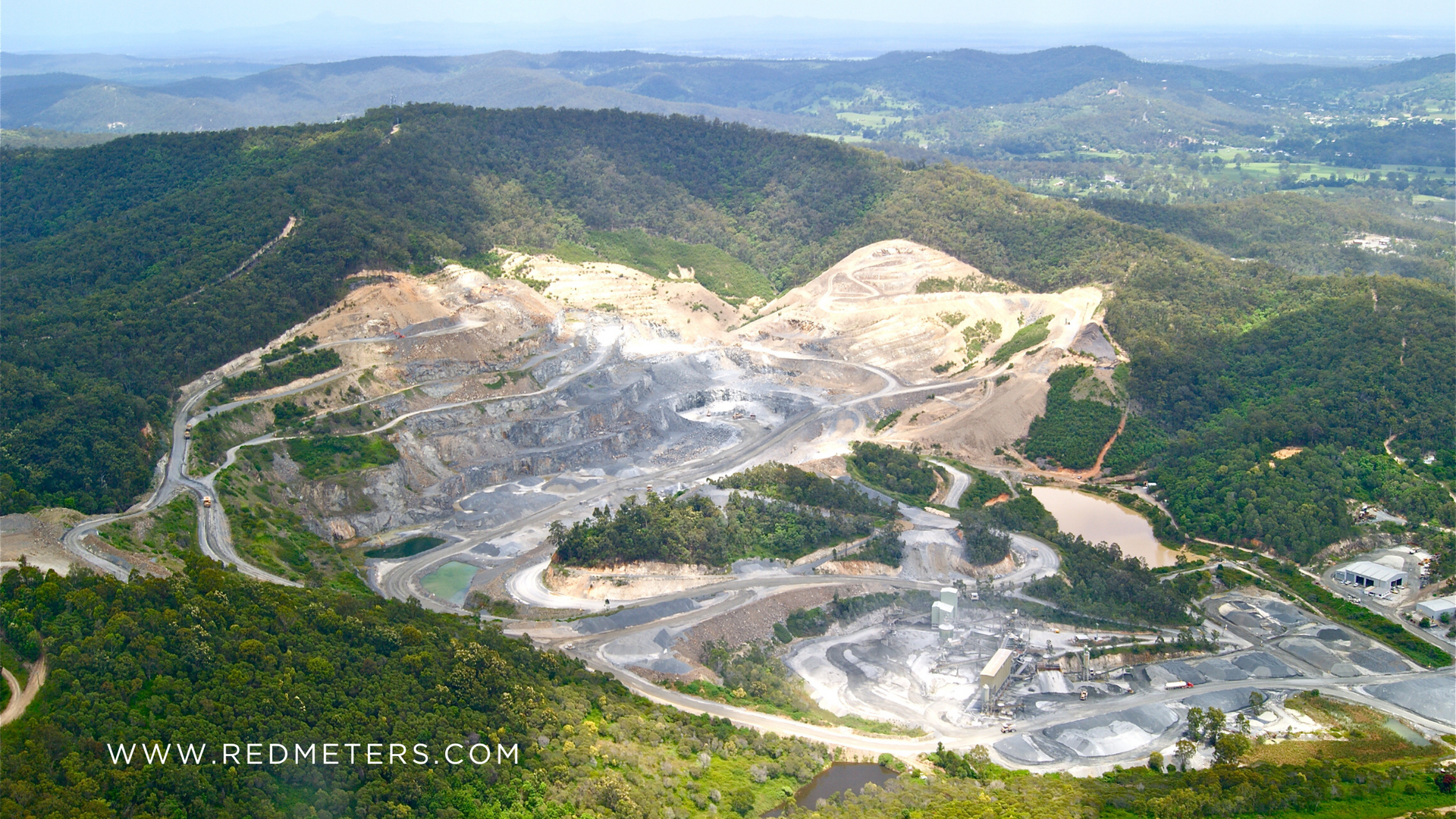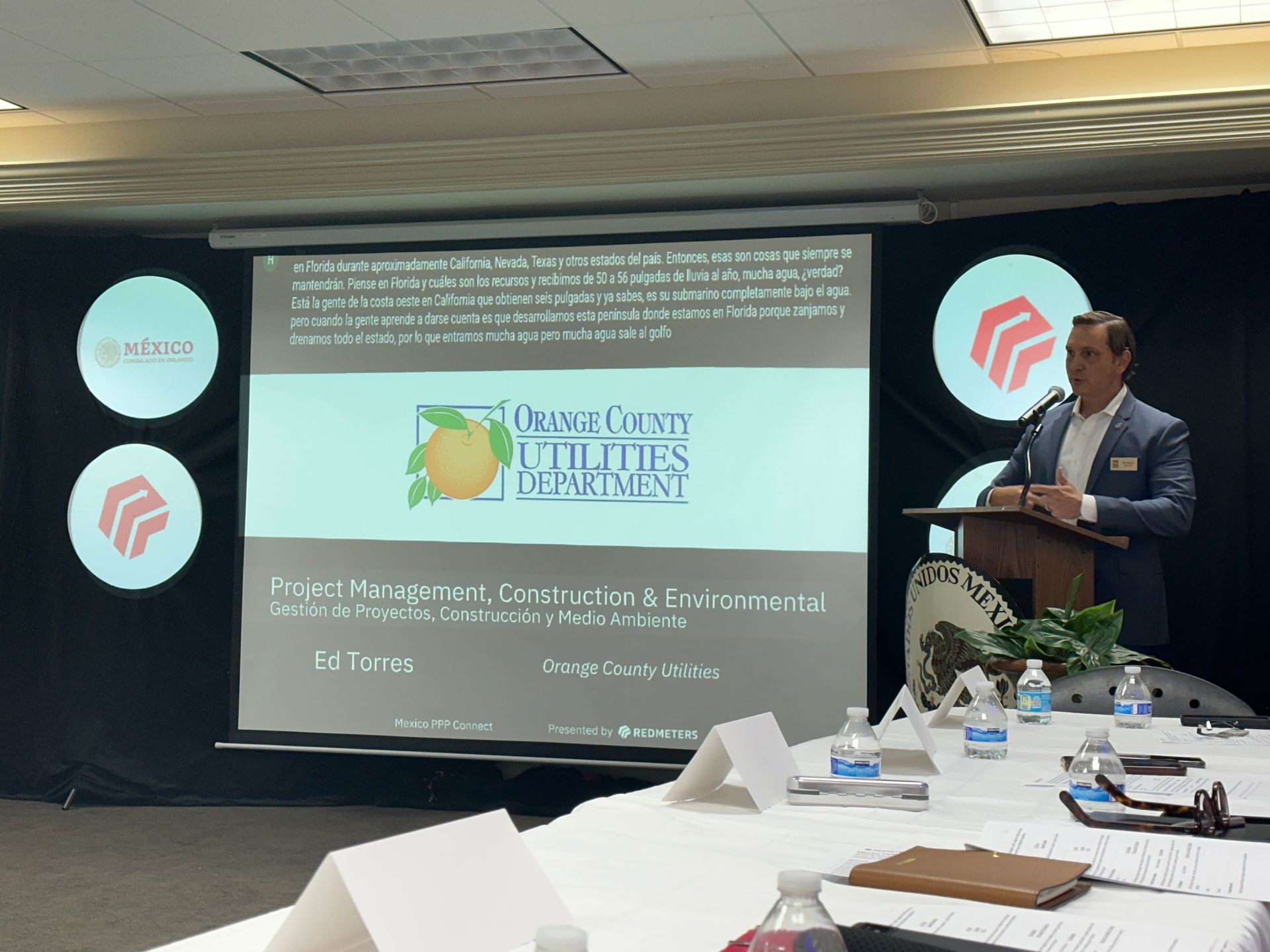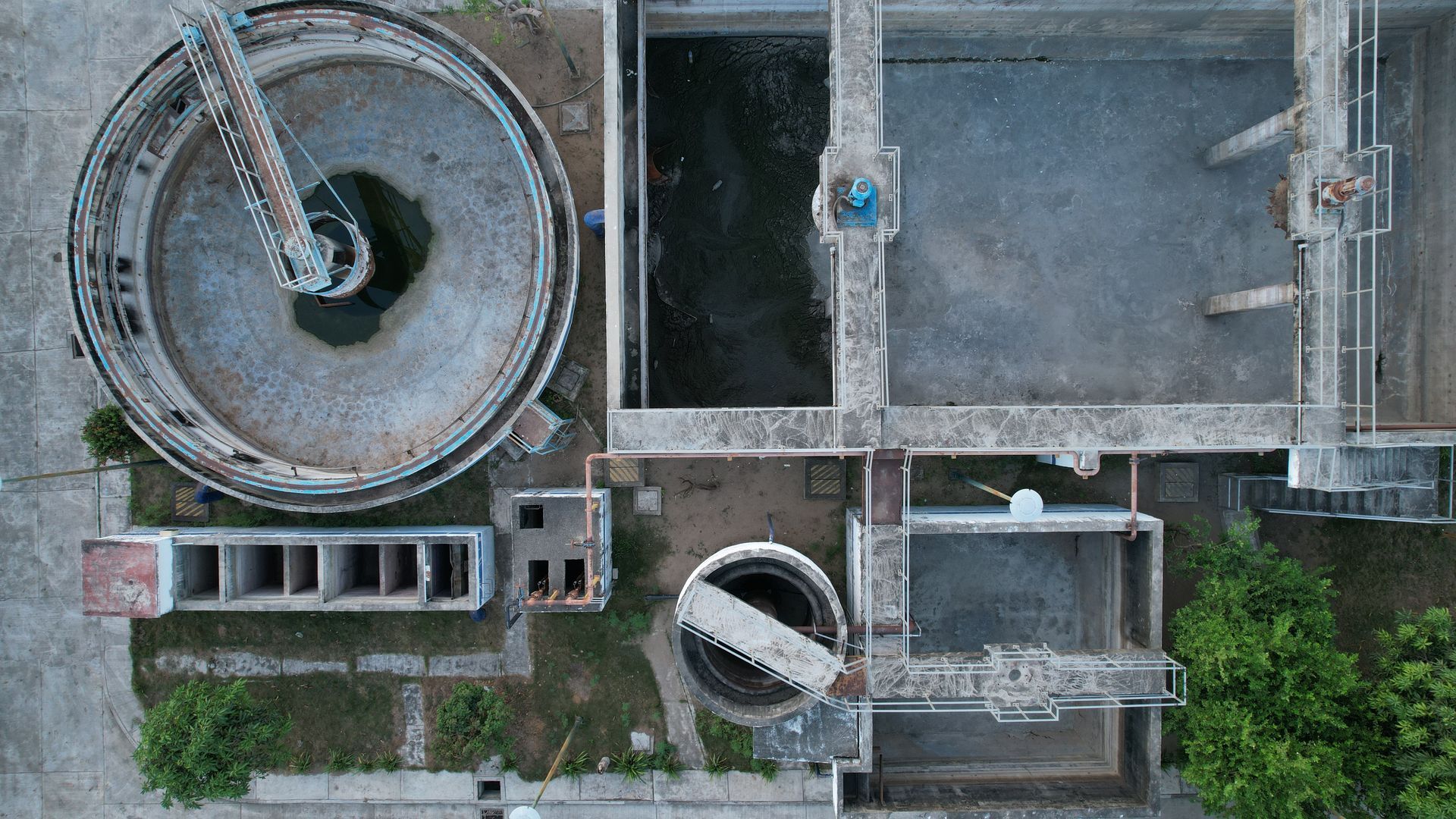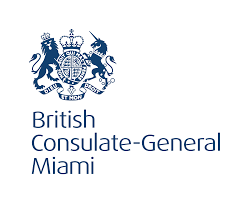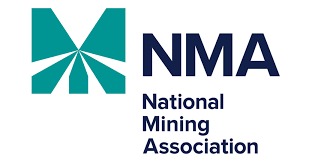Is your nuclear densometer certification expiring?
NEXT GEN MEASUREMENT
In the United States, all nuclear density gauges are regulated by the United States Department of Agriculture’s office of Homeland Security & Emergency Coordination – specifically the Radiation Safety Division. Keeping track of the various permits, certifications, and training requirements can be confusing; this guide will help you identify which steps are required for you or your organization.
Individual Permits
Anyone interacting with a nuclear density gauge in any capacity, whether it be transporting, using, maintaining, or disposing of the gauge, must be listed on a permit issued by the USDA RSD. “The Permit Holder” is named on the permit as the person ultimately responsible for the NDG, and they must be the superior of all other Associates listed on their permit.
Permits are issued by the manufacturer of the NDG. These are issued after attending either on-site nuclear gauge training or completing a web-based training course provided by the manufacturer. An on-site NDF course can be completed in one business day, while a web-based course can be broken into multiple sessions depending on trainee’s scheduling preference.
Refresher Training
While permits do not expire, all Permit Holders and Associates must complete Department of Transportation HazMat Refresher Training for Nuclear Gauges once every three years in order for their permit listing to be considered valid. This training is usually offered as a 4-hour web-based course provided by private training companies. The cost for DOT HazMat refresher training is typically between $100 and $150.
The refresher course will cover topics like Radioactive Material risks and safety precautions, Security Requirements for storage and transportation of NDGs, and Incident Reporting should anything go wrong. The course will consist of text, graphics, audio content, knowledge checks, and a final exam. A printable DOT HazMat certificate is provided immediately upon course completion. This refresher training certificate must be filed along with the other paperwork associated with the permit.

Permit Holder ≠ Radiation Safety Officer
Note that a Permit Holder is not the same as a Radiation Safety Officer (RSO). RSO requirements differ from state-to-state in the US, and some have minimum educational requirements for being able to obtain RSO status. Qualified applicants can receive training through private firms that meet the requirements of the state in question.
For an RSO to be certified by the United States Nuclear Regulatory Commission, they must have at least a bachelor’s degree in a physical science or engineering field.
What if the Permit Holder leaves the company or job site?
If a Permit Holder leaves the installation or storage area, they must arrange for transfer of the permit to another person on-site who has completed the manufacturer’s training. If there is no such person, then either an RSO or local management must assume full responsibility for the NDG and all the security, safety, and incident management responsibilities until a new Permit Holder is certified. The Permit Holder’s name can then be submitted to the USDA RSD.
Does the NDG itself have a license that needs renewing?
The Device General License for a NDG does not expire until the device is safely decommissioned and disposed of. The General License follows the device everywhere – and with it a record of all storage, personnel access, transportation, transfer of ownership, and disposal logistics. Leak tests must be performed every six months, documented in a Sealed Source and Device Registration Certificate.
Conclusion
As can be expected, any measurement technology using radioactive material in the mechanics of its operation must be carefully monitored and regulated by authorities. The health & safety concerns, documentation requirements, and mandatory certifications that are part and parcel to NDG ownership are just some of the reasons many industrial operations are choosing to replace NDGs with non-nuclear density meters. After 70 years of nuclear gauge technology, the writing is now on the wall and it reads: “obsolete.”
